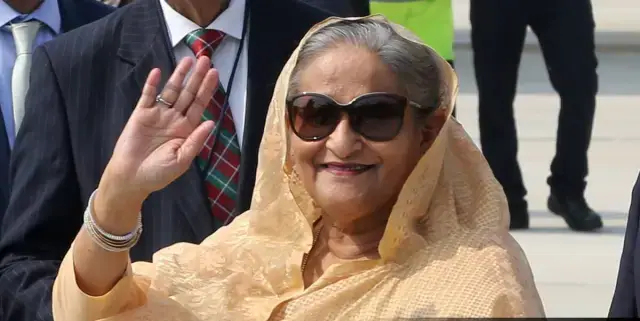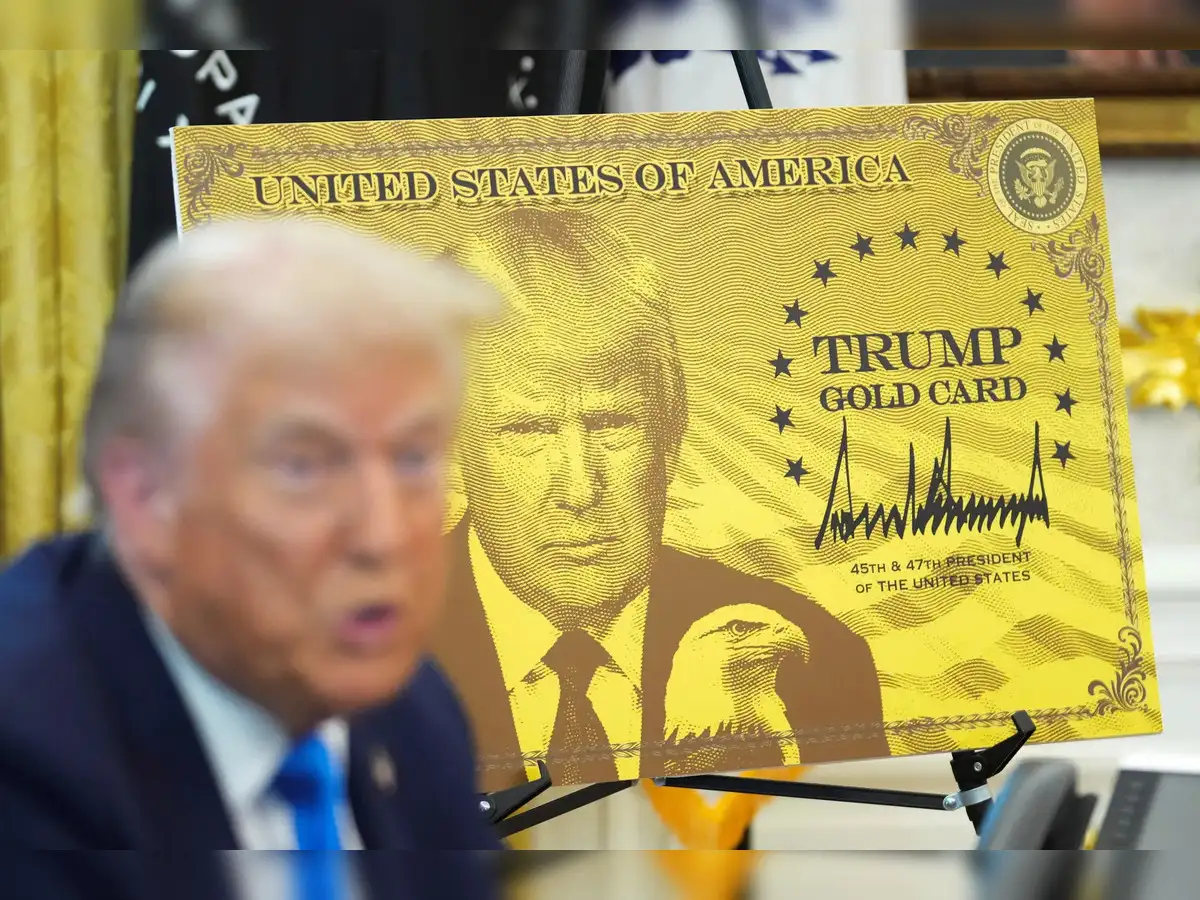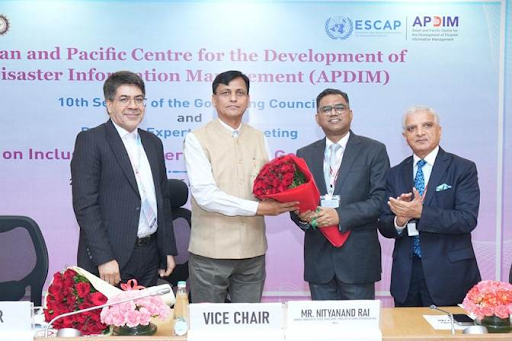Description

Disclaimer: Copyright infringement not intended.
Context: Prime Ministers of both countries jointly inaugurated the India-Bangladesh Friendship Pipeline.
Details:
About:
- The two Prime Ministers joined the ceremony of the pipeline in September 2018.
- Recently opened pipelines are 125 km in Bangladesh and 5 km in India.
Significance:
- The first cross-border energy pipeline
- Built at a cost of approximately $377 million. The Bangladeshi section of the pipeline was built at a cost of around $285 million, which was undertaken by the Indian government with grant-in-aid.
- The pipeline is capable of transporting 1 million metric tons per annum (MTPA) of diesel, which will initially be supplied to seven districts in northern Bangladesh.
- Hope in times of crisis: Bangladesh imports most of the fuel it needs for electricity.
- Ensures fast delivery of fuel at the lowest cost.
.jpeg)
Other announcements:
- Bangladesh has offered India the use of its ports in Chattogram and Sylhet, claiming that it will boost connectivity and increase people-to-people contact in the region.
- Chhattogram Port is an important seaport of Bangladesh and is strategically located due to its proximity to the North Eastern states of India.
Background of relations:
- India was the first country to recognize Bangladesh as a separate and independent country and established diplomatic relations with the country after independence in December 1971.
- The two neighbors are organically linked by shared heritage and shared history, shared memories of tragic loss and family separation after the partition of India in 1947.
- In the last few years, relations have been strengthened through cooperation in new arenas
Trade
- Bangladesh is currently India's largest trading partner in the South Asian region.
- To boost and encourage the trade and commerce of Bangladesh, India has given several concessions to Dhaka, including free access to the Indian market for Bangladeshi products.
- The two countries hope to sign a bilateral Comprehensive Economic Partnership Agreement (CEPA).
- In the financial year 2019-20, India's exports to Bangladesh were $8.2 billion and imports were $1.26 billion.
Development Partnership:
- Bangladesh is the biggest development partner of India.
- India has extended 3 lines of credit (LOC) worth $8 billion to Bangladesh in the last 8 years for infrastructure development in various sectors including roads, railways, shipping and ports.
Connectivity
- In 1999, a bus service connecting Dhaka and Kolkata was opened.
- The old railway line, which was idle for 43 years, was restored in 2008 between Dhaka and Kolkata.
- The two countries established the Maitri (Friendship) Expressway and restored some old railway lines.
- Movement of goods by road is carried out through 36 land customs stations (LCS) and 2 integrated border checkpoints (ICP).
- This includes Petrapole-Benapole ICP where more than 50% of bilateral trade takes place.
- The Protocol on Inland Water Trade and Transit (PIWTT) has existed since 1972
- Both agreed that BBIN should be operational. Bangladesh is eager to be a part of the India-Myanmar-Thailand trilateral highway project.
- Feni Bridge (Maitree Setu) connecting Tripura) and LCS Ramgarh (Bangladesh) was inaugurated in 2021.

Security
- India's efforts to contain the militant group Jamaat-ul-Mujahideen Bangladesh’s activities are an example of engagement on this front.
- Both sides have agreed to facilitate completion of border fencing at all pending sectors at the international border
- High-level exchanges include India-Bangladesh CORPAT ‘Bongosagar’ exercise, the Regional Commanders meeting of Coast Guards, and the Annual Defense Dialogue.
Settlement of boundaries
- India and Bangladesh share 4096.7 km. of border (longest that India shares).
- The India-Bangladesh Land Boundary Agreement (LBA) in 2015 facilitated the transfer of 111 enclaves.
- The Coordinated Border Management Plan (CBMP) of 2011 aims to check cross border illegal activities and crimes
Cultural Cooperation:
2021 was historic in India Bangladesh bilateral relations as they commemorated the fiftieth anniversary of the Liberation War and the establishment of diplomatic relations between India and Bangladesh.
Bilateral institutional mechanisms:
50+ bilateral institutional mechanisms exist between India and Bangladesh. A Joint Consultative Commission (JCC) oversees the implementation of initiatives.
Sharing of River Waters:
- Joint Rivers Commission was established in 1972 to ensure maximum benefits from common river systems.
- The Ganga Waters Treaty was signed in 1996 for sharing of waters of river Ganga.
- India and Bangladesh share 54 common rivers
Power and Energy Sector Cooperation:
- Bangladesh is currently importing about hundreds of MW of power from India.
- The 1320 MW coal-fired Maitree thermal power plant is being developed at Rampal.
- India has agreed to fund the construction of India-Bangladesh Friendship Pipeline from Siliguri to Parbatipur for supply of Diesel to Bangladesh from Numaligarh Refinery Limited.
Indian community in Bangladesh:
About 10,000 strong Indian community is estimated to be living in Bangladesh.
Irritants in the relationship:
- Proposed countrywide National Register of Citizens (NRC) and the Citizenship Amendment Act (CAA).
- Issues like water sharing agreement on the Teesta, which has been pending since 2011.
- Presence of Arsenic in ground water of several areas has endangered lives of millions.
- China’s economic footprint in Bangladesh has been growing as it is also dependent on China’s military hardware.
- Disbursement of line of credit is getting delayed due to red tapism.
- India faces radical threat from several extremists’ groups like Jamaat-ul Mujahideen.
|
PRACTICE QUESTION
Q) How collaboration in the energy sector is strengthening the Indo-Bangladesh relationship? (150 words)
|

https://indianexpress.com/article/india/bangladesh-pm-hasina-offers-india-to-use-chattogram-sylhet-ports-8508244/












